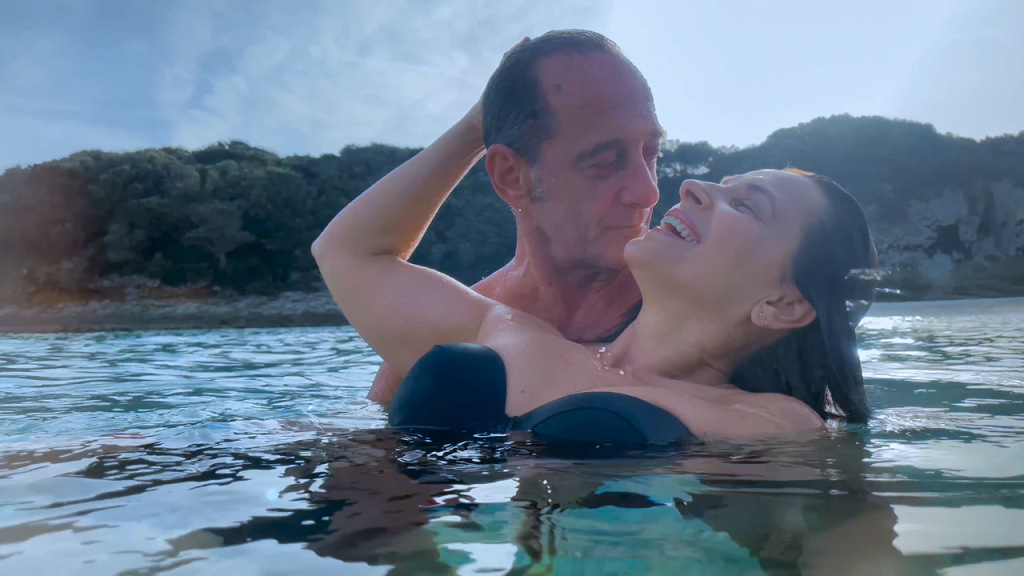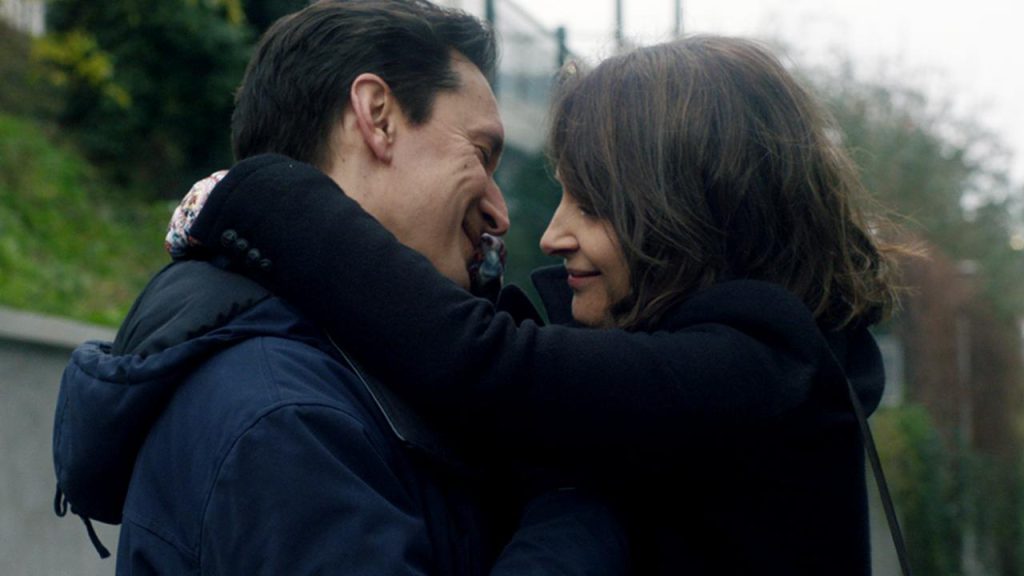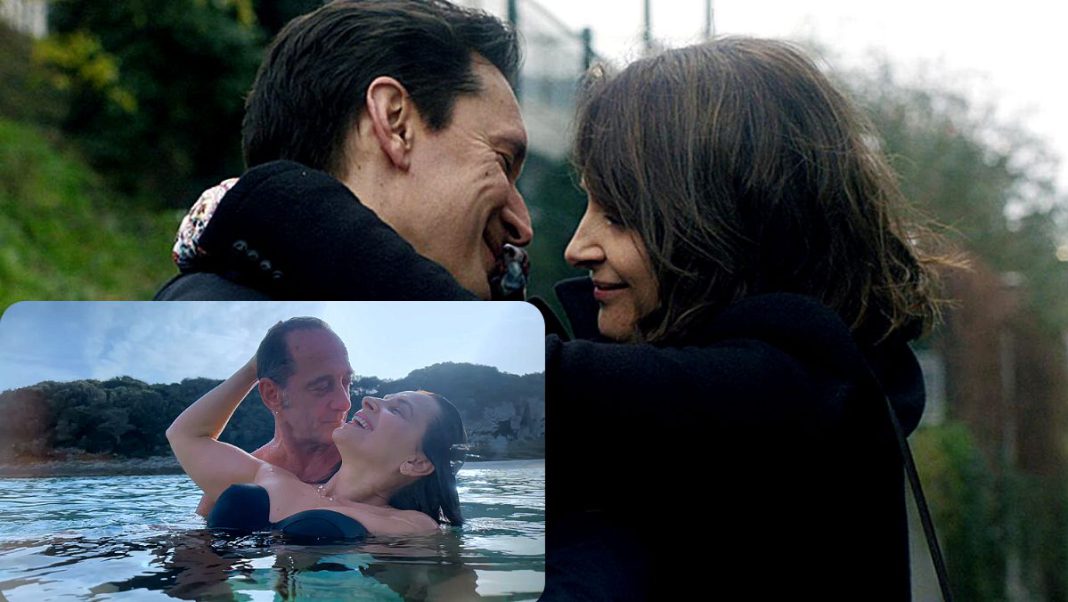Like the characters on screen in this steamy movie, the film itself is playing a game of seduction and repulsion.
The French subtitle of Both Sides of the Blade is “With Love and Fury,” and that is exactly what you get from Claire Denis’ most recent motion picture.
Both Sides of the Blade, starring Juliette Binoche and Vincent Lindon, is brimming with both: ardent and sensitive expressions of love as well as brutal and terrible rage.
Although there is a lot to balance, the talented Denis harnesses the tension to play the same seduction game with the viewer as her characters do on screen.
The film opens with Sara (Binoche) and Jean (Lindon) on vacation by the sea in this tense psychosexual thriller. Their bodies are intertwined as they wade into the glistening water, showing the outward manifestation of their undeniable love.
They crave physical contact and crave each other as if it were both familiar and foreign. Their motions have a hungry drive, as Binoche and Lindon slide into one another with such seductive ease.
However, being clear doesn’t mean it’s simple, as it is subsequently discovered that the origins of this specific relationship can be traced back ten years to a difficult triangle involving Sara’s ex and Jean’s buddy Francois (Gregoire Colin, who appeared in Denis’ groundbreaking Beau Travail).

Sara is viscerally moved by the glimpse of Francois on the street for the first time in years. Her entire body trembles, and she exudes a sense of excitement. She keeps saying his name, wanting for him.
Sara quietly mentions that she will always adore Francois in a way since a relationship like that can never be broken when she tells Jean about the meeting.
When Francois reappears in Jean’s life, Sara gets fixated on the idea of reuniting with her ex, endangering the stability of her marriage to Jean.
After Let the Sunshine In and High Life, this is their third project together, and director Denis is skilled at bringing out the sensual side of her leading lady.In his film, Denis examines the effects of unrestrained desire, what occurs when we give in to our irrational wants, and what obligations we have to both ourselves and the others in our life.

It also explores the humanity of those with serious flaws. Sara and Jean are deserving of compassion even in their most cynical and cruel moments. Because flawless individuals don’t exist outside of naive stories, Denis isn’t interested in them.
In Both Sides of the Blade, Denis and Binoche have created a character whose careless deeds would make them detestable in a straightforward morality tale.
The movie has the same air of potential malice as vintage American sexual thrillers like Fatal Attraction or Double Indemnity, but it’s murkier and less violent. In other instances, it also veers closer into a tense domestic drama like Who’s Afraid of Virginia Woolf.
Sara can inflict havoc on those around her, but she is not a femme fatale.
The movie is both love and rage, allure and repulsiveness, just like Sara. Art and the great passions of the heart are frequently inseparable.
